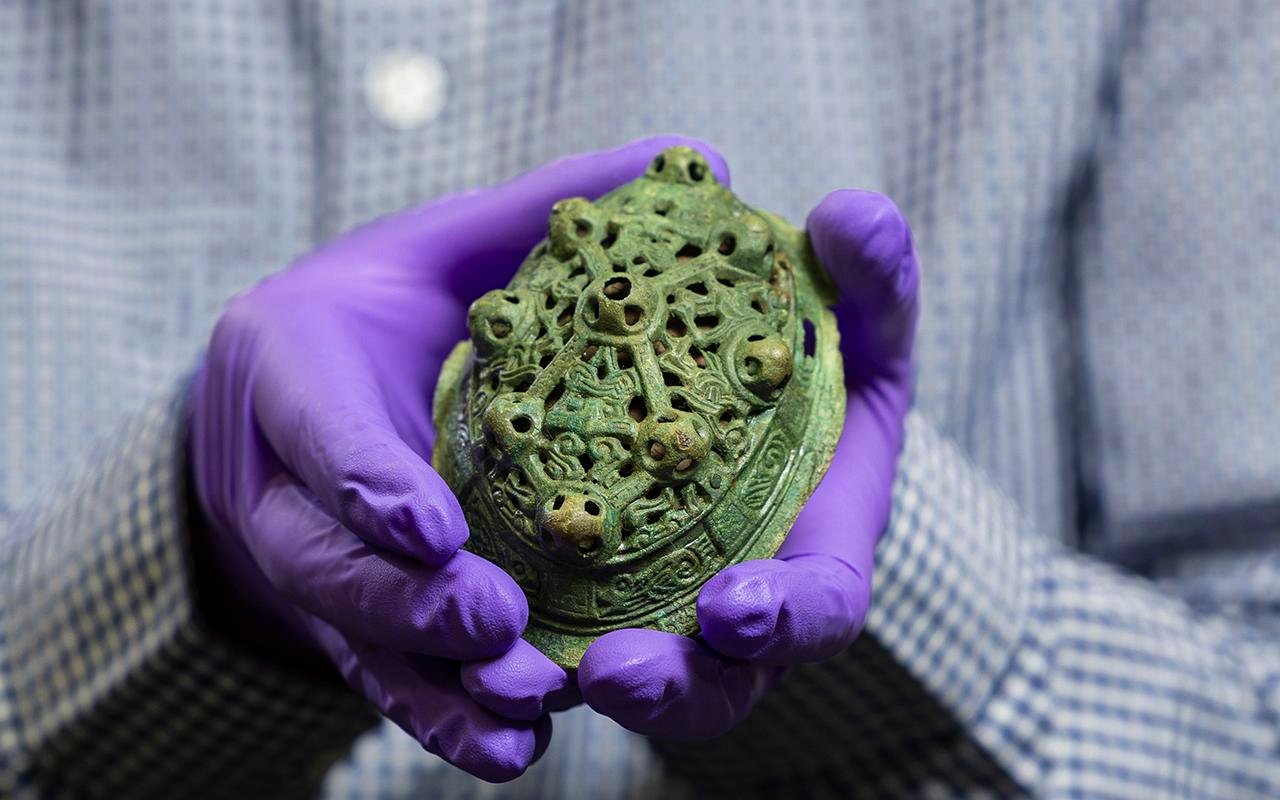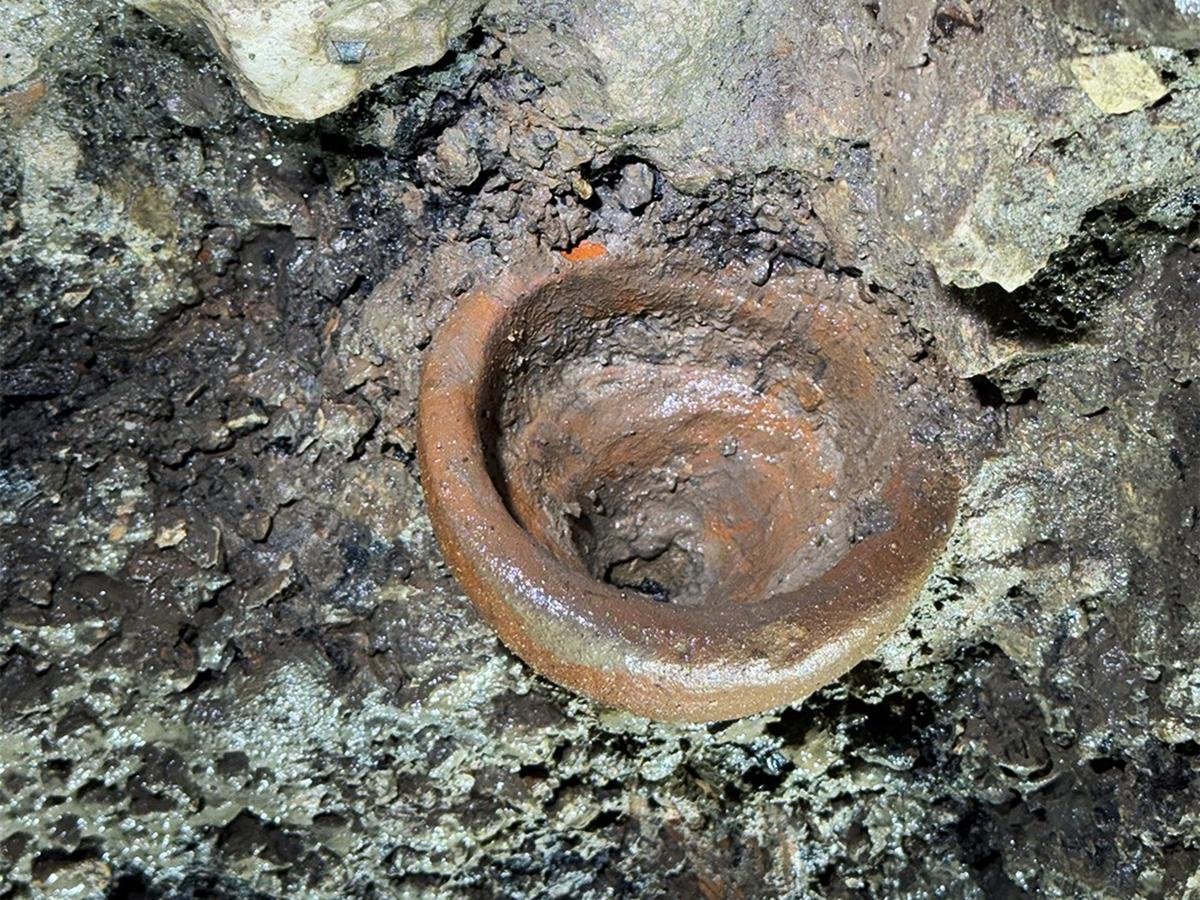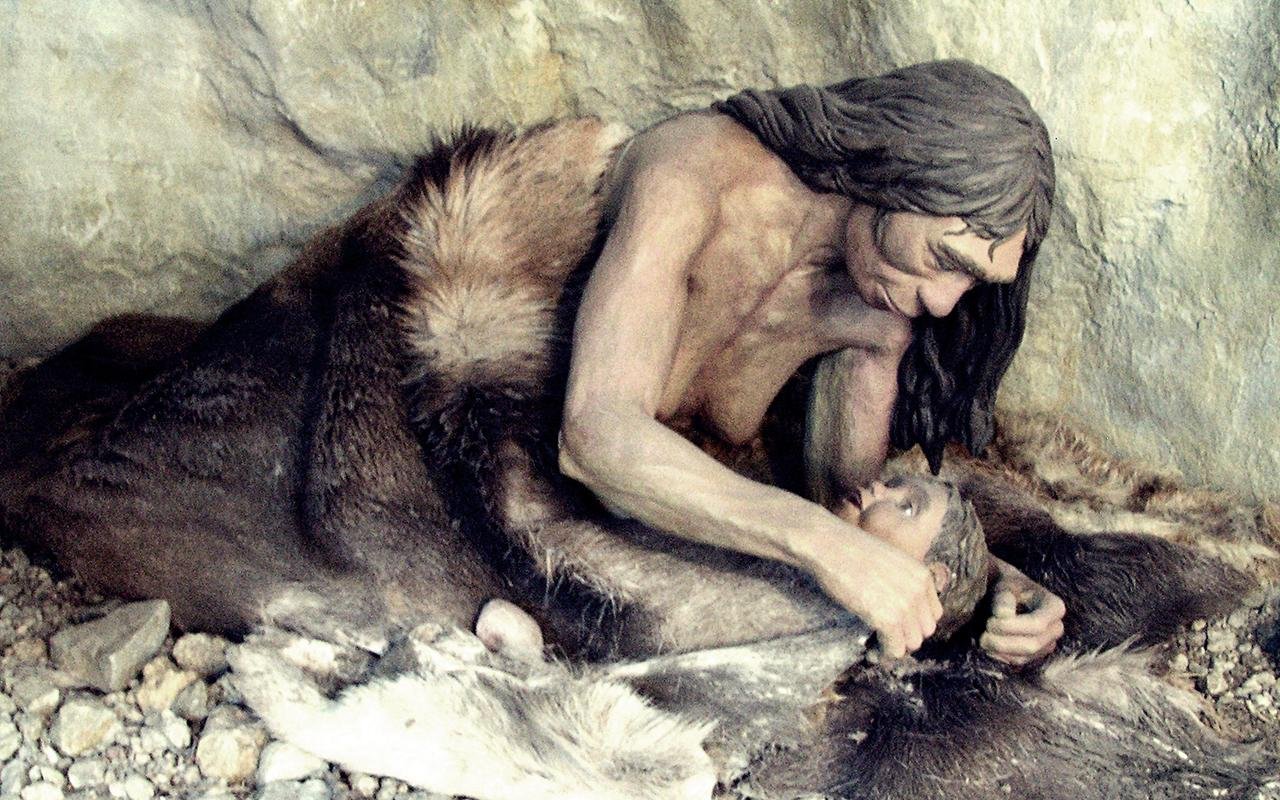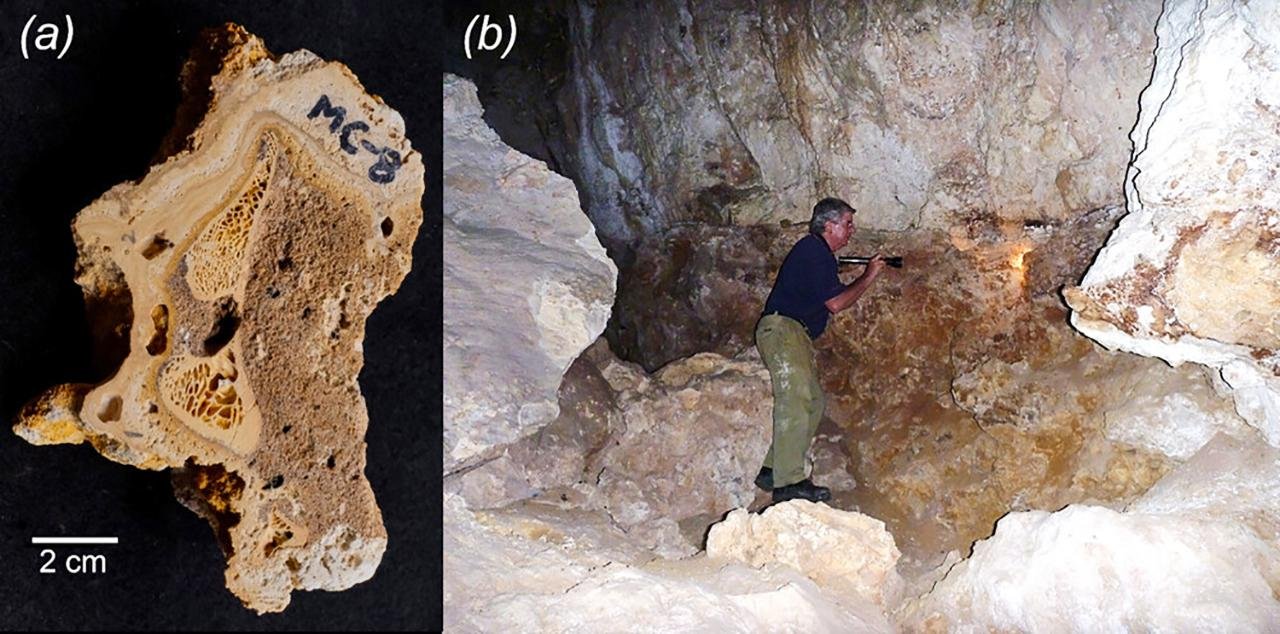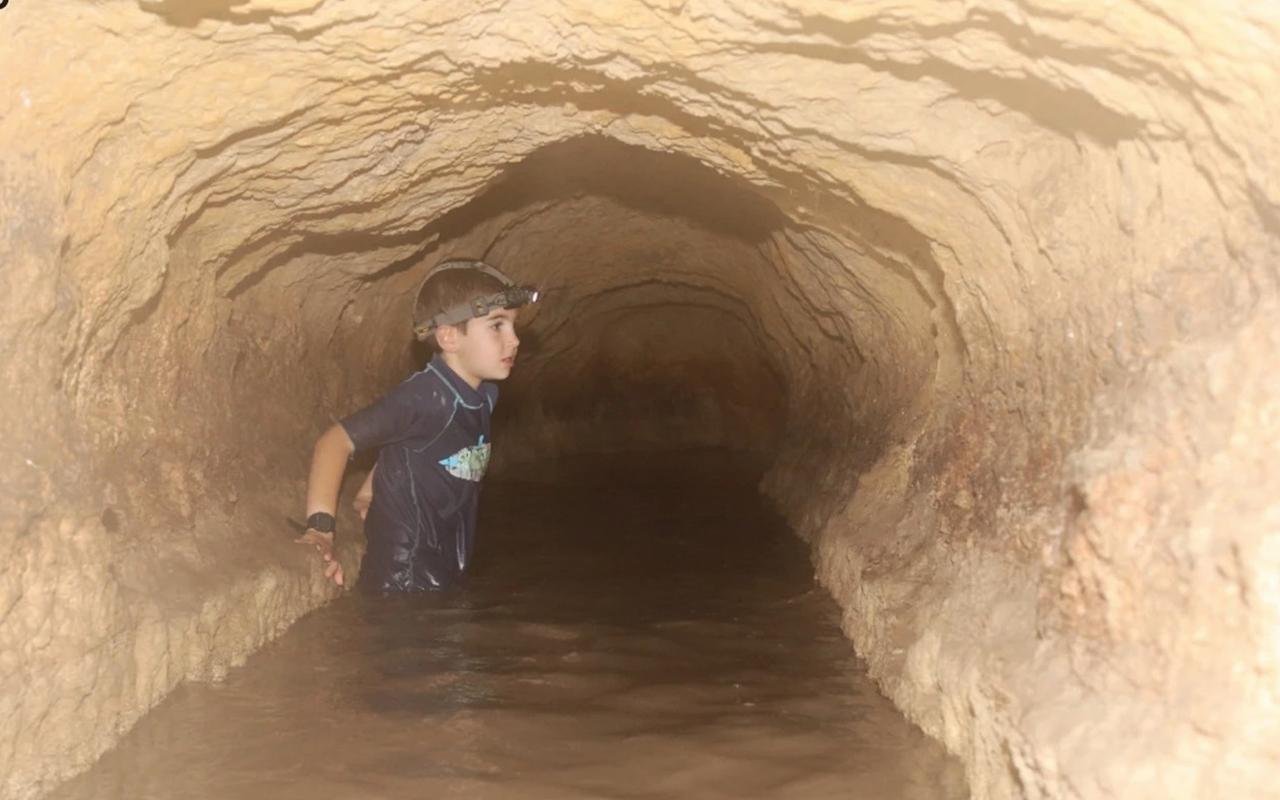Archaeologists from the University of Łódź have made a significant discovery at a Przeworsk culture burial site near Kutno in Łódź Voivodeship, Poland, uncovering both pit and urn burials dating back to the 2nd and 3rd centuries CE.
 Ceramic urns, with human remains found at the site. Credit: University of Lodz
Ceramic urns, with human remains found at the site. Credit: University of Lodz
This site, nearly untouched by time and agriculture, has revealed a wealth of artifacts and burial customs from the Iron Age Przeworsk culture, which emerged in the 3rd century BCE and thrived in Poland until its decline in the late 5th century CE.
The Przeworsk culture, named after the town of Przeworsk, developed from the merging of local cultures in the region. Its decline is often linked to the Hunnic invasions, as well as the broader collapse of the Roman Empire, which disrupted trade and triggered social crises. The burial site near Mnich was first identified in 1911 by geomorphologist Stanisław Lencewicz, who noted its stone circles, a burial custom more commonly ᴀssociated with the Wielbark culture of Pomerania.
The ongoing excavations at this site, led by Dr. Wojciech Rutkowski and Irena Podolska-Rutkowska from the University of Łódź, have revealed both cremation pits and ceramic urns, with some human remains placed in pits and others in burial urns. “We have discovered two types of burials: some bone remains from the cremation on the funeral pyre are found in pits, while others are in ashtrays, or burial urns. Both come from the same period, but we cannot yet explain the diversity in a single cemetery,” explained Dr. Rutkowski in a statement to PAP.
This diversity in burial practices, combined with the presence of stone circles, marks the site as unique. Stone circles are more typical of the Wielbark culture, suggesting possible cultural overlap or influence. The archaeologists have also found a variety of burial objects still in situ, including clay cups, ceramics, combs, pendants, and items of clothing. According to Dr. Rutkowski, these artifacts provide crucial dating information, allowing researchers to pinpoint the time of burial to within a few decades.
One of the striking aspects of the site is its preservation. Dr. Rutkowski emphasized, “The items placed on the graves centuries ago are still there. After clearing just a few centimeters of material, we find untouched artifacts, such as a clay mug left on the grave.” The burial site, which is located in a forested area, has largely been spared from damage by agricultural activities, though the collapsing slope of the area poses a threat to the preservation of the findings.
Dr. Beata Borowska, an anthropologist from the University of Łódź, noted that despite the fragmentation of the cremated remains, much can be learned. “From an anthropological point of view, it’s important to determine whether the remains in a grave pit or urn belong to one person or more, and whether they were a man, woman, or child. These details give us insights into the demographics and lifespan of the population,” she said.
Students from the university’s scientific circle “Antropołowcy” have also been actively involved in the excavations, gaining hands-on experience in both archaeology and anthropology.
Sources : Science In Poland , University of Lodz
